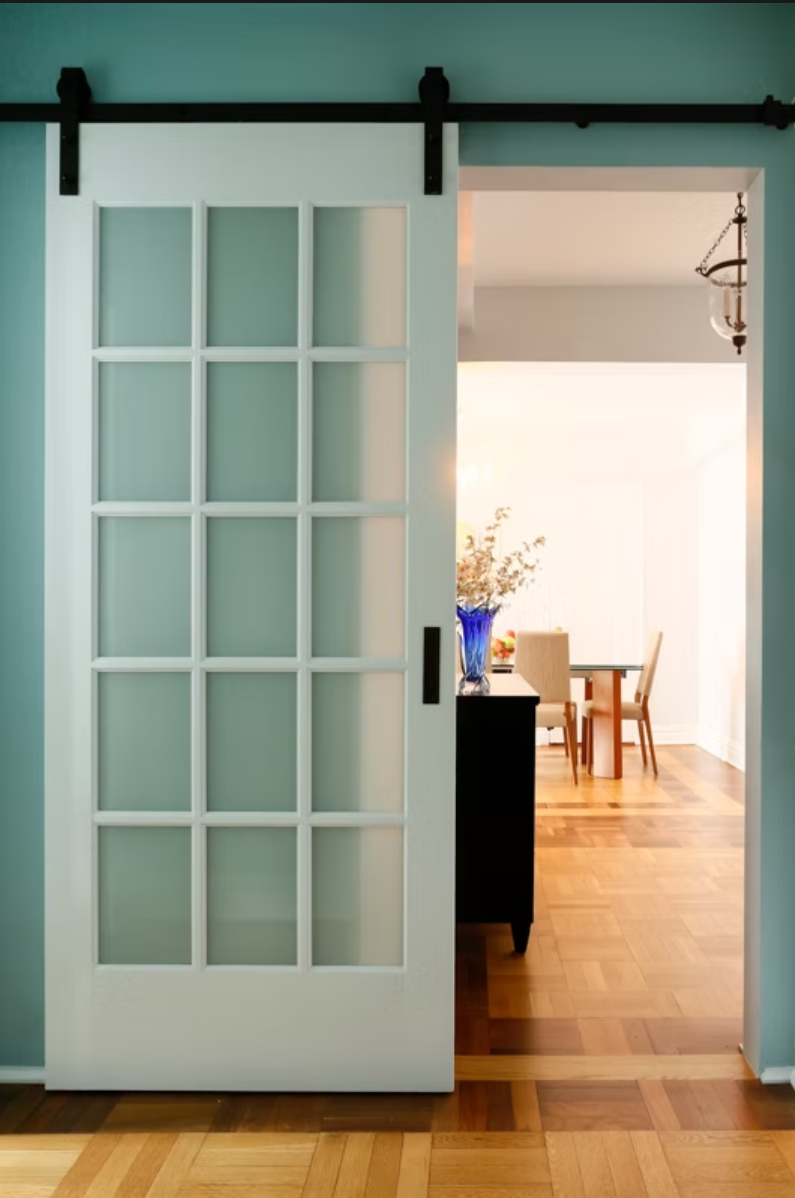A Holistic Approach to Design
- Julie Schuster

- Oct 15, 2014
- 3 min read
We spend close to 85% of our days indoors; a scary statistic considering we’re often inside poorly designed environments that create stress, drain our energy, and inhibit our body’s natural regenerative processes. I am a firm believer that a holistically designed home paves the way towards a more healthy and balanced life. My belief in holistic design comes from a multitude of contemporary disciplines that attempt to help us in creating more humane built environments.
Maureen Calamia, a certified Feng Shui practitioner, worked with the Metropolitan Institute of Design and identified that there is “a significant intersection that must be cultivated and mined for a more holistic approach to our building environments.” I couldn’t agree more! As I see it, this ideal “Holistic Approach To Design” sits at the intersection of Building Biology, LEED and Biophilia:

Building Biology is the study of how the design of a building can affect human life. By better understanding the way buildings influence people we may effectively create more harmonious, positive and productive environments.
LEED stands for “Leadership in Energy and Environmental Design.” These standards of practice aim to create more eco-friendly buildings and communities. These buildings are developed and certified by the US Green Building Counsel (USGBC), who says that LEED certified designs “save money and resources and have a positive impact on the health of occupants, while promoting renewable, clean energy.”
Biophilia is a reflection of man’s inherent need for nature. Biophilic design is a discipline that inspires the integration of natural materials, renewable natural resources like daylight, natural elements, a sense of place and views of nature. The New York City High Line is one of the more famous examples of biophilic architecture.
A Holistic Approach to Design represents the convergence of these 3 categories and is just another example of why good design and good Feng Shui go hand in hand.
Why is a Holistic Approach Important?
Mary Cordaro, a California-based specialist in “greening” homes and workspaces, asserts that “everyone deserves and needs a healthy home” and I couldn’t agree more. Our homes are a direct reflection of our minds and our lives. If you need a shift in some aspect of your life you will also need to shift the energy of your home to help catalyze the change desired.
A holistically balanced home is also essential for our body’s regenerative processes. If we make our homes, particularly our bedrooms, as healthy and balanced as possible, our bodies are better able to filter out the toxins in our everyday lives that we can’t control. Our bodies have the ability to heal and detox, if only given the chance!
Within the context of offices, schools, and hospitals, there is significant quantitative data demonstrating that contact with natural elements (sunlight, outdoor air, living plants) has been linked to major benefits to society:
Increased productivity in workers
Improved learning rates in students
Reduced stress
Decreased use of painkillers in hospital patients
Faster recovery time
A holistic approach to architecture in public spaces can also help to lower urban air temperatures and ameliorate “urban heat island effects,” which occur when generated heat is absorbed by buildings, pavement and vehicles in cities.
A well-designed and properly developed building should last for years. With the health and wealth of the occupants kept in mind from the beginning there will be fewer and smaller Feng Shui adjustments needed further down the line.




Comments